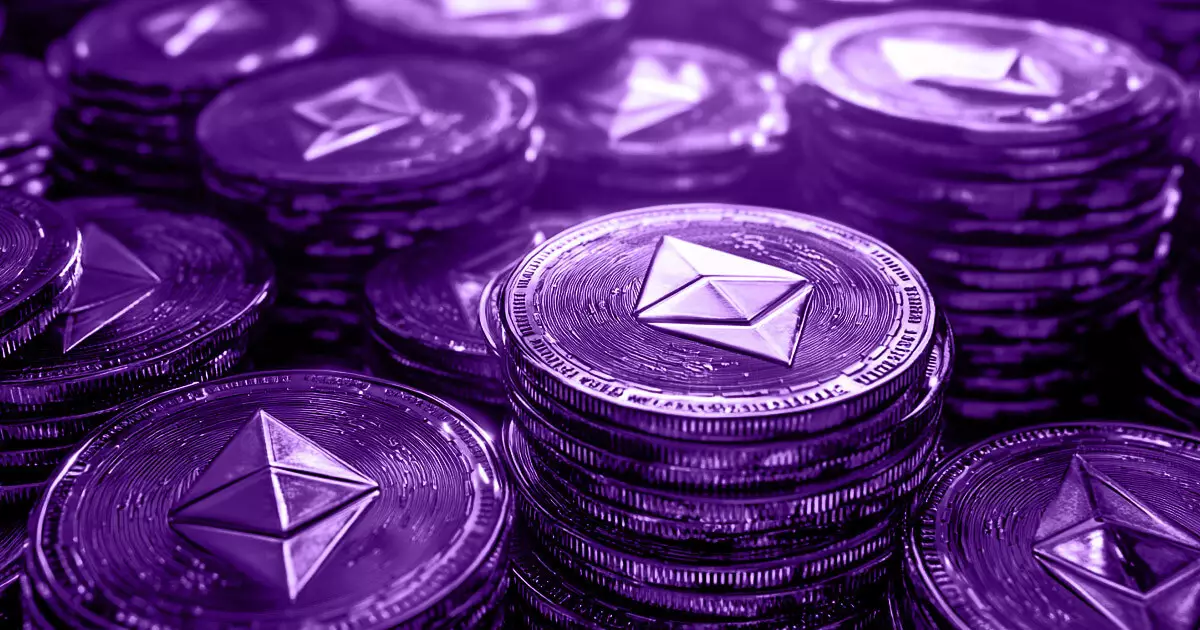In a significant move for the cryptocurrency landscape, Kraken has announced its integration with EigenLayer, allowing users to restake their Ethereum (ETH) directly on the exchange. This development, outlined in a press release on October 15, marks a pivotal moment in enhancing accessibility to the restaking process, an otherwise complex feature traditionally limited to more experienced crypto enthusiasts. The collaboration is poised to democratize staking by opening opportunities for everyday users without requiring extensive technical knowledge.
Understanding Restaking and Its Significance
Restaking is a relatively new concept that permits ETH validators and stakers to use their already staked assets to secure decentralized applications (dApps) on the Ethereum network. By leveraging the EigenLayer protocol, users can repurpose their staked Ethereum to enhance the security of other networks or protocols. This mechanism not only boosts the operational capability of these additional networks but also creates avenues for potentially higher yields. As Kraken’s Global Head of Asset Growth & Management, Mark Greenberg, highlighted, the restaking trend has gained traction as a notable development in 2023. However, its complexity has previously restricted significant user engagement.
Current Limitations and Target Audience
Despite the exciting integration, there are restrictions in place that may hinder participation. Currently, only verified Kraken Pro users at the Intermediate level or higher can access the restaking feature. Furthermore, U.S. residents are ineligible to participate due to regulatory constraints. These limitations raise concerns about how effectively this service can reach a broad audience, especially given that the majority of cryptocurrency transactions occur on centralized exchanges, where user onboarding is designed to be straightforward and accessible.
EigenLayer’s functionality as a crucial protocol on Ethereum enables a more fluid staking environment, but its recent trajectory has raised eyebrows. With the total value locked (TVL) in EigenLayer plummeting from an impressive $20 billion in June to around $11.45 billion, industry experts are evaluating the factors driving this downturn. One prominent theory suggests that the cessation of airdrop campaigns, which previously attracted significant attention and participation, contributed to the declining TVL.
While the current state of EigenLayer’s TVL may appear concerning, Kraken’s integration could signal a turning point. By making restaking more accessible, Kraken may invigorate user interest and participation, potentially leading to a resurgence in EigenLayer’s metrics. This integration could serve to bridge the divide between complex DeFi mechanisms and everyday cryptocurrency users, fostering a deeper understanding and engagement in the Ethereum ecosystem. The combination of Kraken’s user base and EigenLayer’s technology might set the stage for increased participation in decentralized finance, ushering in a more robust and inclusive crypto landscape.
In essence, while the road ahead is laden with challenges, strategic integrations like that of Kraken and EigenLayer represent crucial steps toward making decentralized finance more approachable and rewarding for a diverse array of users.

